The Sculptural Splendours of Meenakshi Temple
Sarala’s Mahaabhaarata is a truly wonderful retelling in verse in Odia of the classical Mahabharata story. This remarkably creative storyteller conceptualised parts of the great narrative differently; as a result, among others, some of his characters do not resemble their counterparts in the canonical version. Sakuni is one. Gandhari is another. Similarly there are numerous episodes in his retelling which have no correspondence in Vyasa — the canonical - Mahabharata. Duryodhana’s crossing of the river of blood, the ripening of the mango of truth, and the worship of Krishna in the form of Nilamadhaba after his passing away are just three of the many. Some episodes take a different form; for instance, the archery test which Arjuna won, Draupadi’s disrobing and Aswasthama’s revenge. Unlike in the classical narrative in which the Pandavas did not know that he was their brother when Karna was alive, it was no secret to anyone in this narrative - everyone in Saaralaa Mahaabhaarata knew who he was ever since his childhood. And Sarala’s Krishna is not the same as the Krishna in the classical version; the two differ in many ways including the extent of the avatara’s involvement in human affairs, which shows that Sarala had a somewhat different understanding of the nature of divine intervention. These apart, Sarala has given us a purer story; much of the deliberations of a philosophical nature, whether on statecraft or the duty of a king or on virtuous living, in Vyasa Mahabharata are not to be found in Sarala’s retelling. Saaralaa Mahaabhaarata is said to be the first complete retelling by any one poet of the canonical text in an Indian language. This monumental work has not been rendered into English. It has not been rendered into any Indian language either with the exception of Bengall, but it seems only a part of this rendering that dates back to the sixteenth century is available now. I have not attempted to provide a translation of this great composition here. All I have tried to do is quite humble. I have tried to give a flavour of it to those who do not know or cannot read Odia. I have only presented some episodes in English which bring out Sarala’s visualization of the ancient story and his "localization" (used here in the non-technical sense of giving the original non-local a local colouring) of bits of it. My remarks and observations are more or less in the style of a purana pathaka (one who does purana patha) in a purana patha, a traditional religious practice of reciting and explaining a purana, which is still to be found in some temples and bhagabata gharas (one-roomed houses in villages where the sacred text, Srimad Bhagavata, is kept and worshipped and occasionally recited as ritual to whosoever cares to listen) in many places in Odisha, especially in the small towns and villages. These remarks and observations, consonant with the spirit of the narrative, aim to provide some organization to the presentation of the stories chosen almost randomly. Besides, when one tells another’s story with some involvement, one feels almost compelled to add a bit of one’s own thinking about aspects of it in some form: comments, observations, interpretations and the like. It is especially so when the story is as comprehensive and as profound as Mahabharata and is also one with which one has grown up and which has become a significant part of one’s cultural identity. In a word, I have tried to retell bits of Sarala’s magnum opus, following the ancient retelling tradition of our eternal narratives: the Ramayana and the Mahabharata. My telling of the stories of Sarala is not linear. This apart, sometimes I have presented a story at two or three places, a bit of it here and a bit elsewhere, highlighting some aspect of it at one place, and some at another. And Sarala’s stories and my ruminations on them are kind of mixed up in the presentation. One will have no problems, I believe, in figuring out the broad outlines of Sarala’s narrative, and enjoying his incredible creativity. One who is familiar with at least the main episodes of Vyasa Mahabharata would have a better understanding of Sarala’s retelling.
Get it now and save 10%
BECOME A MEMBER

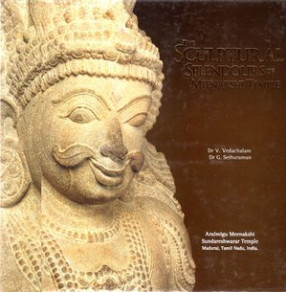
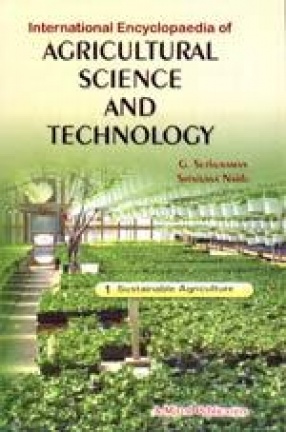
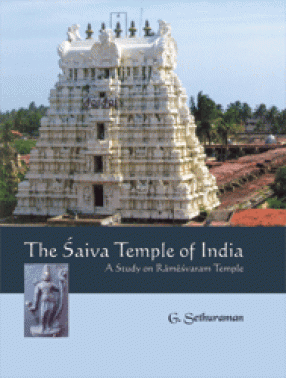
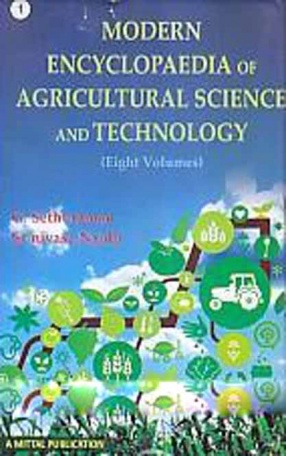
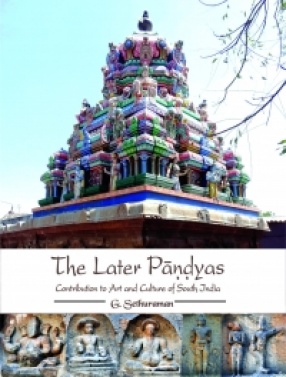
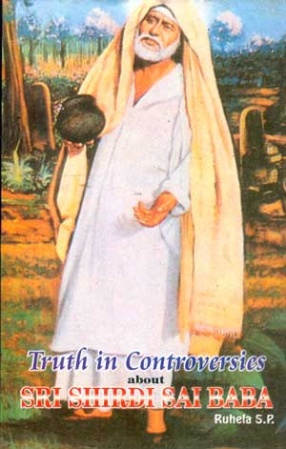
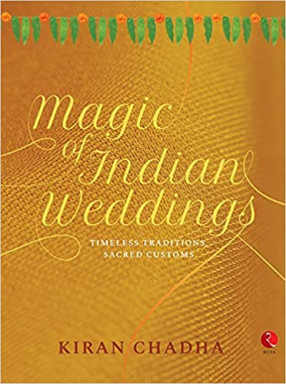
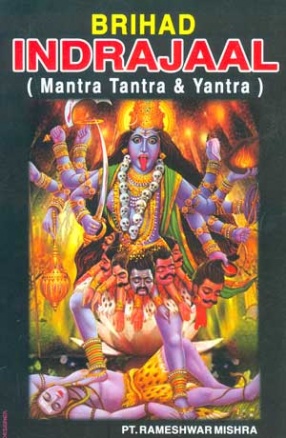
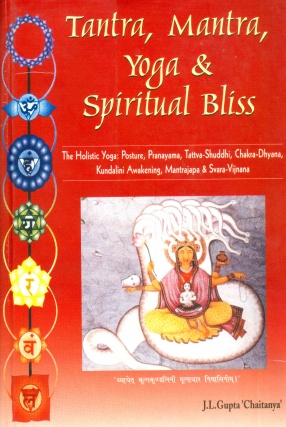

Bibliographic information
G. Sethuraman